Attn cold climaters and all.... anyone getting seeds going soon?
hobbyartisan (Saskatoon, SK Canada, 2b)
6 years ago
Featured Answer
Sort by:Oldest
Comments (73)
isgen
6 years agoTheyCallMeDave
6 years agoRelated Discussions
Winter feed for geese in cold climate
Comments (32)My geese are out grazing during the seasons that support it, but I also give them a bit of scratch, consisting of whole corn, wheat, and oats, before they are put away in the evening all year round, placed in a large rubber bowl. Over the years, I have noticed that their preference as to which of the grains in the scratch they eat changes according to the season. For example, during the warmer/hot months, they pick through it and eat all the wheat and oats. As fall approaches, they go more for the corn, eventually eating nothing but the corn over the winter, leaving the wheat and oats, starting the whole thing over again in the spring, gradually leaving more corn behind, eating more wheat and oats. To try to reduce waste, I gave what they left behind to the chickens, but they are on a similar schedule. But, since when I give this "refuse" to the chickens, it's just tossed either on the coop floor or on the ground in their pen, depending on the season, and if it doesn't compost/rot, it sprouts and they are happy to eat any sprouts year round. A lot does get wasted, though. So, in observing this, adjusting the wheat/corn/oat ratio in the scratch accordingly in step with the seasons seems to be a solution. The chickens DO get organic layer year round, and the geese get hay through the winter, but I get straw for bedding and nesting, this past year it was difficult to find plain straw, so I had to get "wheat straw" for bedding, and there was a substantial amount of grasses, etc., in it that they were more than happy to eat. I think the economy is affecting how/what farmers are bailing up for winter forage/bedding?...See Moreproductive fruit trees for very cold climate
Comments (26)Hello, great to see such wonderful photos of fruit being grown outside Edmonton! I'm in St. Jerome, QC and I have: Apples: Priscilla and Reine de Reinette Pears: Flemish Beauty and Luscious Plums: Mount Royal and just bought a Mirabelle Cherries: Carmine Jewel, Romeo and Crimson Passion. The Carmine Jewel has been absolutely brilliant for me here. Apricot: Just got a Morden 604, we'll see how much fruit I get. Saskatoons: Smokey and Thiessen I have a whole bunch of berries as well and hardy kiwis, plus a fig and a lime tree. And an unknown peach experiment! Oh and I'm about to plant some elderberries, I just can't get enough elderberry flower cordial! Would definitely recommend the U of Sask cherries, they are tough and good producers and have more of a bush habit making it easier to harvest. There should be many apples that will work for you. You might want to consider plums too, there are some very hardy hybrids available, as well as chums. Most of my trees are quite young, had a few fruit on them last year, plums and apples (Mont Royal and Priscilla) were delicious, hoping for an even better harvest this year but bee activity seems way down. Even tried hand pollinisation just to try and compensate. Good luck and don't be afraid to experiment. I have lost some trees and plants, but as someone recently reminded me, if you don't try you'll never know!...See Moreattn poaky1: q. virginiana Missouri seed source
Comments (37)Hairmetal, just send me a envelope to J. Gogola 119 Vail lane Smock, Pa 15480. Put a couple stamps in it, and I'll send you some acorns. Some have the tip of a taproot coming out already. I planted out 2 or 3 acorns already in my yard. My friend's yard will get 3-4 of them. There are 6 (likely more) at least, it should be worth a couple stamps anyway. I am also going to order more Q. Virginiana "late drop" for spring planting. I would just put all faith in the Q. Fusi var. Virg, if not for the slow growth and die -back in winter2012 of my slow-growing Q. Fusiformis. I hope it's not all too confusing. My Quercus Virginiana "late drop" planted in spring 2012, have withstood 2 winters, and have good buds for spring 2014. The Q. Fusi I planted in winter 2011 (I think) have died back in 2 out of 3 winters. I hope that is less convoluted twisted explanation. I still put the most faith in the "late drop" Live oak, it has done the best. If your stamps aren't enough to cover the cost, I don't mind adding a quarter or so....See MoreWinter composting in cold climates
Comments (20)"Unlike my former husband, may he rest in peace, whom I had to hold a gun to his head to get him to visit the pile." I must tell you, that sentence is producing a rather odd mental image LOL. Everything's totally froze here, but I'm planning to check out the pile later. Need to empty the compost bucket again plus have used cat litter....should be interesting trying to get back to the house from where the pile is located. I'll bet I could slide all the way back. The garden, in fact the property and the entire street, slope down, ending at a creek way down in the park. Driving is interesting: the road is a dead end, one-way deal with culverts on either side. In fact, last night some people got lost, came down our road, and got stuck halfway into a frozen-solid culvert trying to get back out. Last year, one of our contractors couldn't get into the drive. Instead of successfully making the turn, he ended up sliding all the way down to the house at the end of the road, where he then got stuck. So today, if there's cars trying to go both ways, doing the usual -- which is pulling way over right to the edge of a culvert -- might prove interesting. But those are stories for another forum - probably the one on bog gardens, since I'm pretty sure there are underground streams here, all sloping down to the pond. Even now, with the temp. at 19 degrees, I see lines of bright green grass, where the ice and snow are probably semi-melted....See Morecalamondindave
6 years agoSammers510
6 years agoisgen
6 years agoesox07 (4b) Wisconsin
6 years agoTheyCallMeDave
6 years agoKevin Zone 6b - PIT, PA
6 years agolast modified: 6 years agoesox07 (4b) Wisconsin
6 years agoLoneJack Zn 6a, KC
6 years agolast modified: 6 years agodevsense
6 years agolast modified: 6 years agobeesneeds
6 years agohobbyartisan (Saskatoon, SK Canada, 2b)
6 years agoMokinu
6 years agolast modified: 6 years agoisgen
6 years agohobbyartisan (Saskatoon, SK Canada, 2b)
6 years agoisgen
6 years agolast modified: 6 years agohobbyartisan (Saskatoon, SK Canada, 2b)
6 years agohobbyartisan (Saskatoon, SK Canada, 2b)
6 years agolast modified: 6 years agoisgen
6 years agolast modified: 6 years agoMokinu
6 years agolast modified: 6 years agoTheyCallMeDave
6 years agoMokinu
6 years agolast modified: 6 years agobeesneeds
6 years agoMokinu
6 years agobeesneeds
6 years agohobbyartisan (Saskatoon, SK Canada, 2b)
6 years agoisgen
6 years agoTheyCallMeDave
6 years agoisgen
6 years agoMokinu
6 years agolast modified: 6 years agoKevin Zone 6b - PIT, PA
6 years agolast modified: 6 years agoMokinu
6 years agoesox07 (4b) Wisconsin
6 years agobeesneeds
6 years agoesox07 (4b) Wisconsin
6 years agobeesneeds
6 years agohobbyartisan (Saskatoon, SK Canada, 2b)
6 years agoisgen
6 years agoTheyCallMeDave
6 years agoTheyCallMeDave
6 years agoMokinu
6 years agolast modified: 6 years agobeesneeds
6 years agoesox07 (4b) Wisconsin
6 years agolast modified: 6 years agoTheyCallMeDave
6 years agoMokinu
6 years agolast modified: 6 years agoerect and thornless
6 years agoesox07 (4b) Wisconsin
6 years agolast modified: 6 years agohobbyartisan (Saskatoon, SK Canada, 2b)
6 years agobeesneeds
6 years ago
Related Stories
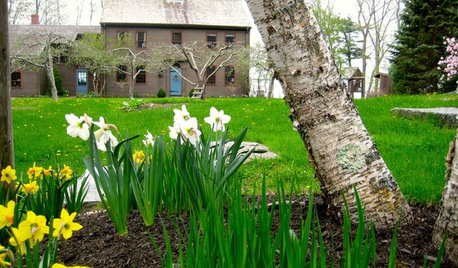
WORLD OF DESIGNWorld of Design: These Gardeners Dig Cold Climates
Passionate gardeners in Maine, Russia and northern Sweden know how to get the most from their short growing seasons and freezing conditions
Full Story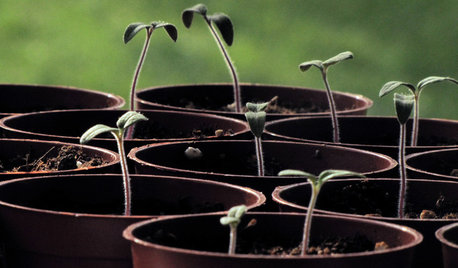
EDIBLE GARDENSPlanting Time: Get Your Garden Started With Seeds
You can get an early gardening fix — and save money too — by starting seedlings in the warm indoors
Full Story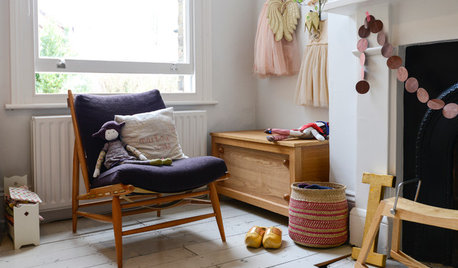
FEEL-GOOD HOMESimple Pleasures: Get Cozy on a Cold Day
Some things are best when the weather is bad. Heat up some cocoa and join the discussion
Full Story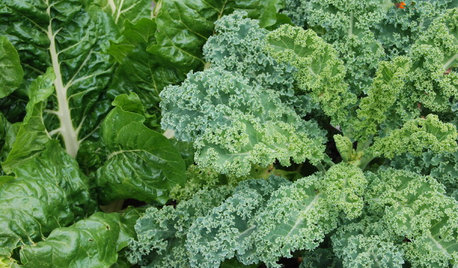
FALL GARDENINGFrost-Hardy Foliage That Loves a Cold-Climate Garden
When winter cuts a bleak swath through other plants, these edibles and perennials flourish brilliantly
Full Story
ARCHITECTURE15 Smart Design Choices for Cold Climates
Keep your home safe and comfortable in winter by choosing the right home features and systems
Full Story
GREEN BUILDINGBuilt for Energy Efficiency in a Cold Climate
This Calgary, Canada, duplex is LEED Platinum-certified despite the area’s freezing weather much of the year
Full Story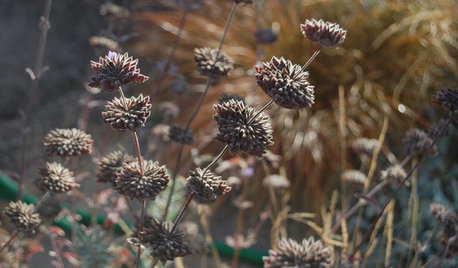
FALL GARDENINGWhy You Should Let Your Garden Go to Seed
Take a moment to appreciate spent flower stalks in your late-summer garden and the benefits they provide
Full Story
GARDENING GUIDESSeeds or Seedlings? How to Get Your Garden Started
Growing delicious herbs and vegetables starts with knowing your goals and when you want to plant
Full Story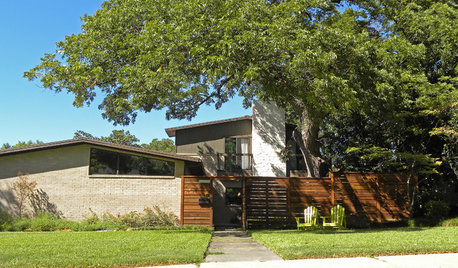
WORKING WITH PROSInside Houzz: How to Contact a Home Pro and Get Your Project Going
When you're ready to begin that remodeling project or landscape design, here's how to contact a pro on Houzz and get started
Full Story
HOME TECHHang Out With Friends All Day, Anywhere You Go
Connect with compadres or colleagues using always-on ambient video — consider it a free magic window for the home, the office or on the go
Full Story




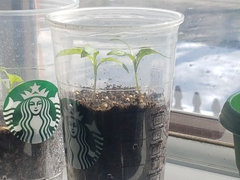

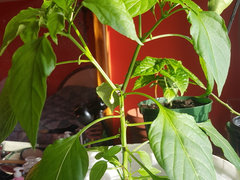

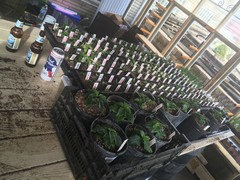


isgen